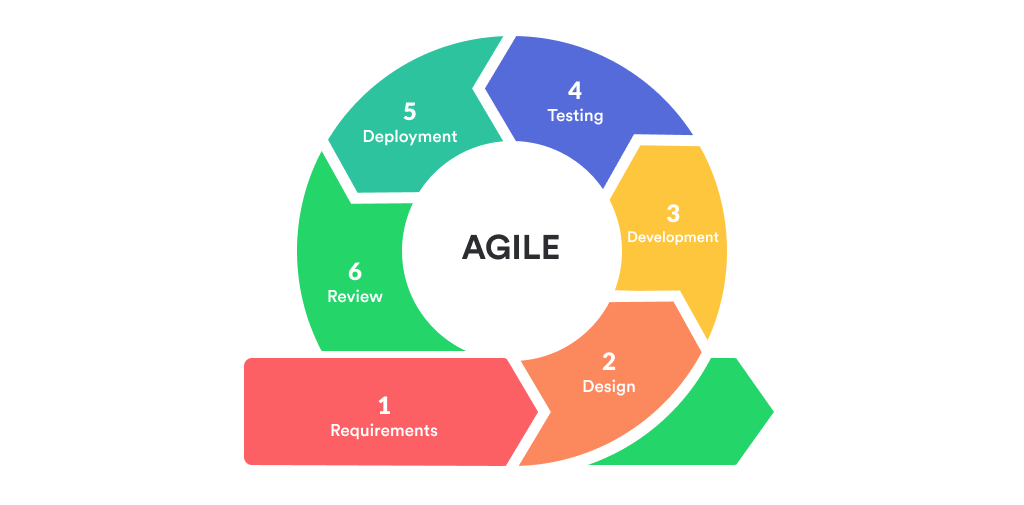Agile Model

The Agile model is an iterative and flexible approach to software development that prioritizes collaboration, customer feedback, and the ability to respond to changes in requirements. It emerged as a response to traditional waterfall methodologies, which followed a linear and sequential approach to development. The Agile model emphasizes adaptability, customer satisfaction, and the delivery of a minimum viable product (MVP) in short, incremental cycles.
Key principles and characteristics of the Agile model include:
-
Iterative and Incremental Development:
- Agile divides the project into small increments with minimal planning and delivers a functional product at the end of each iteration or sprint.
-
Customer Collaboration:
- Continuous customer involvement throughout the development process to gather feedback and ensure that the product meets customer expectations.
-
Adaptive to Change:
- Agile embraces changing requirements even late in the development process and views change as a competitive advantage.
-
Cross-functional Teams:
- Teams are composed of individuals with different skills (developers, testers, designers) who work collaboratively to deliver a complete, working product.
-
Regular Feedback and Reviews:
- Regular reviews and feedback sessions, such as sprint reviews and daily stand-up meetings, facilitate communication and transparency within the team.
-
Continuous Integration and Testing:
- Continuous integration ensures that code changes are regularly merged, and automated testing is performed to maintain a high level of software quality.
-
Emphasis on Working Software:
- The primary measure of progress is the delivery of working software. Agile values practical results over extensive documentation.
-
Flexible and Responsive Planning:
- Agile planning is adaptable and responds to changing priorities. Detailed planning is done incrementally based on the evolving project needs.
-
Frequent Deliveries:
- Agile projects aim to provide frequent, small releases of the product to stakeholders. This allows for early user feedback and rapid adaptation to changing requirements.
-
Retrospectives for Continuous Improvement:
- Regular retrospectives are conducted to reflect on the team's processes and identify areas for improvement.
Common Agile frameworks include Scrum, Kanban, and Extreme Programming (XP). Scrum, for example, is a popular Agile framework that defines specific roles, events, and artifacts to facilitate the iterative development process.
Overall, the Agile model is well-suited for projects where requirements are expected to evolve, and there is a need for rapid delivery of functional software that aligns with customer expectations. It has become widely adopted in the software development industry and has influenced project management practices beyond software development.
Thank you.
